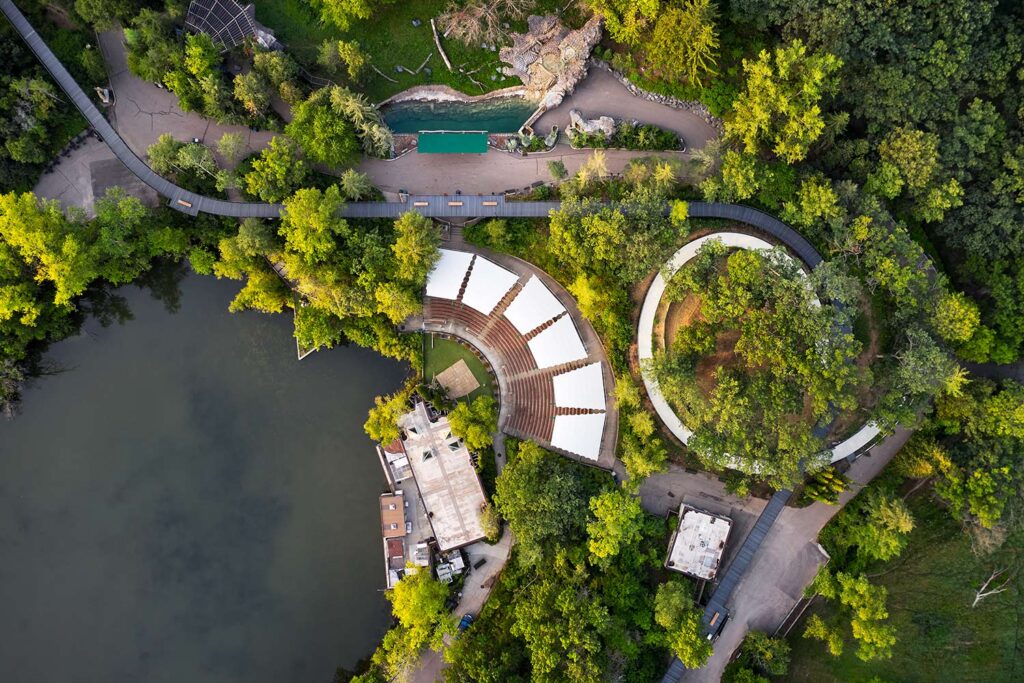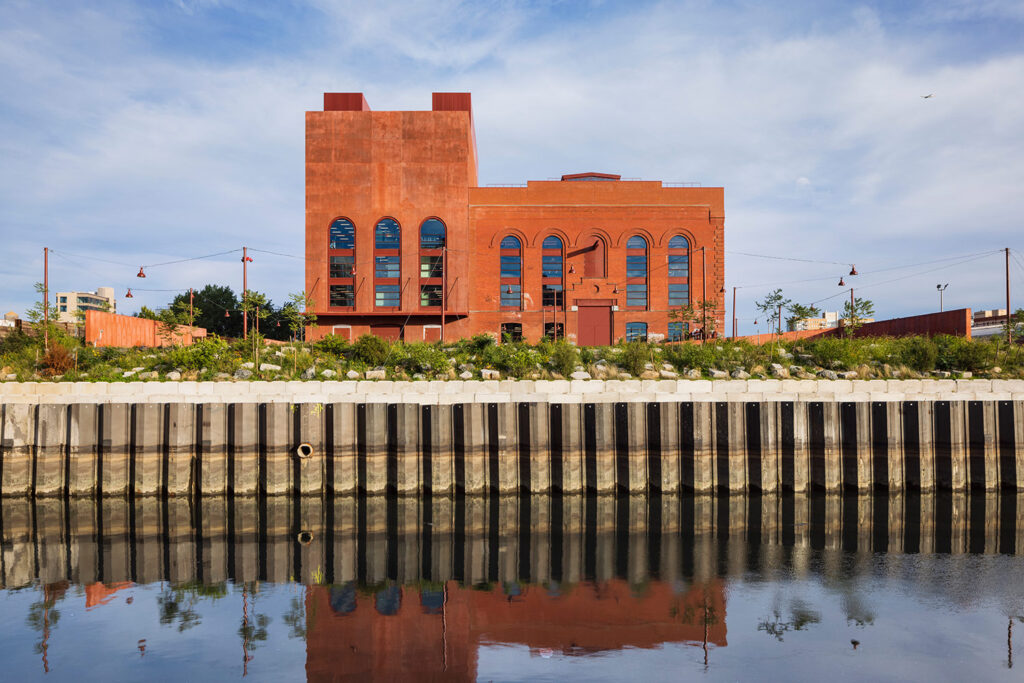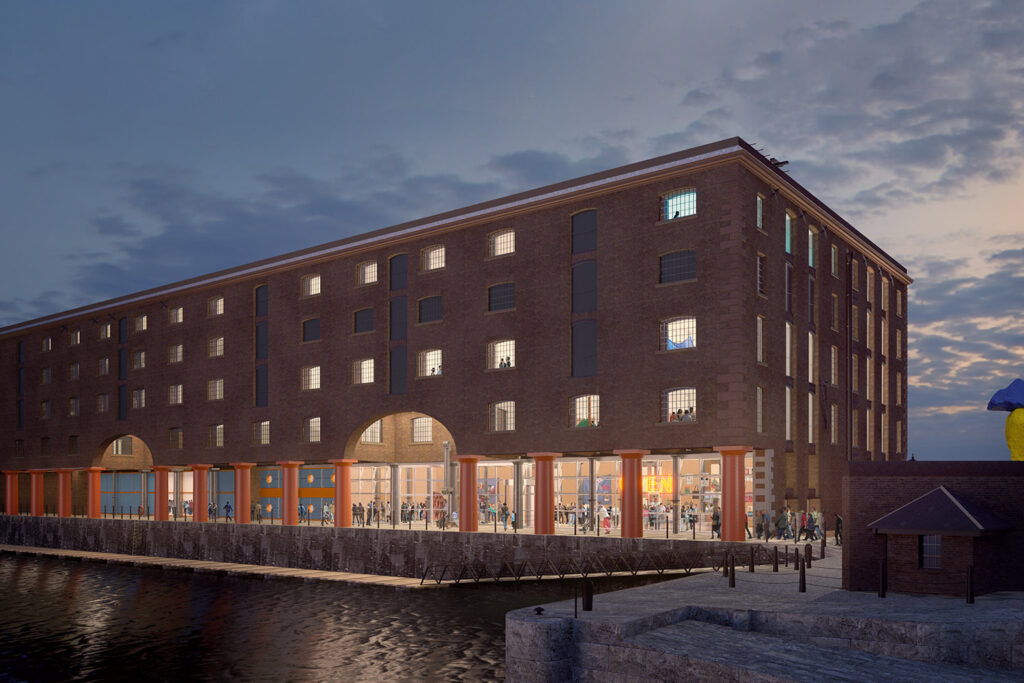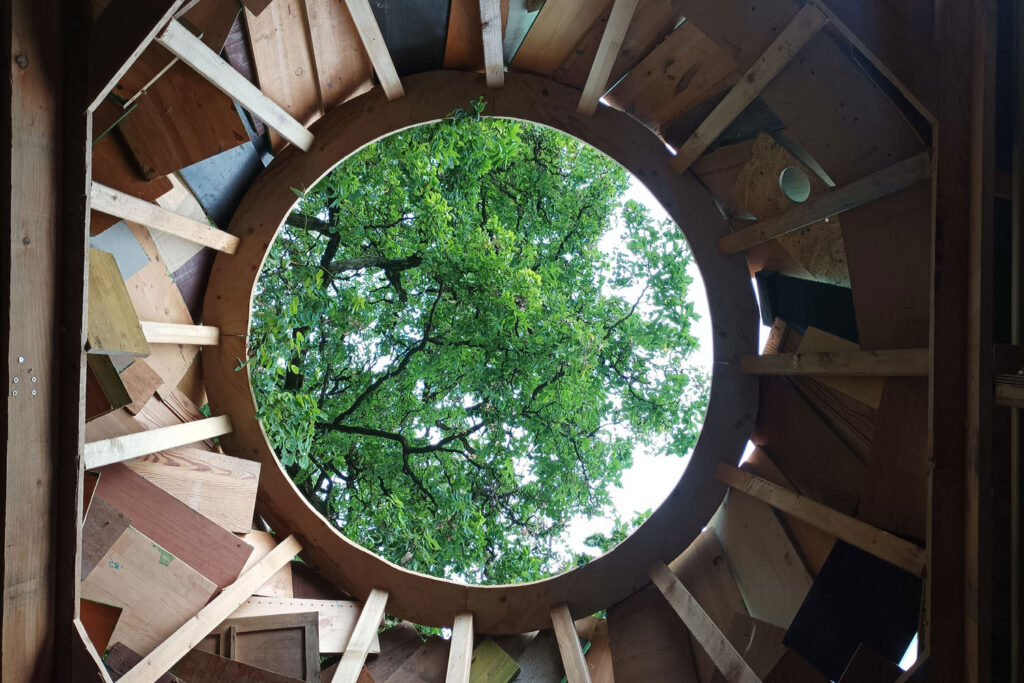Charting the course for a sustainable Navy Pier
After the recent opening of its new centennial Ferris Wheel, a renewed Navy Pier kicked off its 100th anniversary celebration, a year of events and unveilings highlighting a reimagined Pierscape of public spaces and enhanced amenities designed by James Corner Field Operations.

In setting the stage for welcoming the next century of visitors, Navy Pier has undertaken comprehensive analyses and planning to chart a course for redevelopment that advances goals for environmental sustainability.
At the crux of any long-range sustainability agenda is human and institutional adaptability. The planning process, therefore, must address how to facilitate essential change on behavioral, policy and operational levels. The 30-Year Sustainability Master Plan for Navy Pier, authored by Buro Happold with input from Gensler and Navy Pier staff, offers some guiding principles for creating a far-reaching plan that cultivates broad support through its planning and implementation processes.
Organisational vision and sustainability vision are inseparable
Major shifts in an organisation’s culture and behavior requires a commitment that extends beyond individual capital projects or specific players who may come and go. A viable sustainability agenda, therefore, cannot exist in isolation from an organization’s core mission. Completed in 2011, the centennial vision set forth a framework for reimagining Navy Pier as a world-class destination that builds upon its roots as a public place for the people of Chicago. That the vision incorporated environmental sustainability as a core tenet provided the impetus for the development and implementation of a 30-Year Sustainability Master Plan. Aligning the Sustainability Master Plan’s goals with the future vision for Navy Pier helps to maintain strong environmental commitments over time by making sustainability a key measure of Navy Pier’s success.

Clear goals and measures of success invite a broad constituency to engage
While the planning process began with a very technical analysis of existing conditions and benchmarking, distilling the plan’s vision into clear goals and measures fosters buy-in from stakeholders at the outset and provides tangible rallying points for ongoing engagement during implementation. For each of the sustainability vision statement’s five components—addressing energy, water, waste, community and transportation—the plan establishes clear targets for conservation, reduced production, and community development that are accessible and meaningful to a wide audience.

Integrated planning leverages limited resources and maximizes opportunities
Just as sustainability touches all facets of operations—from the functional to the aspirational—the Sustainable Master Plan integrates a myriad of programs and opportunities to reap the greatest return on each move made. To evaluate options and guide implementation, the plan employs a matrix that cross-references metrics, strategies, targets and time frame with other goals such as third-party certification criteria and fundraising; thus revealing where greatest gains in performance, funding, and stakeholder buy-in may be achieved. While LEED Existing Buildings Operations and Management, the Sustainable Sites Initiative, and Sustainable Chicago 2015 provided much of the framework, the team assessed a host of programs and standards in formulating the customized sustainability matrix.
Small but steady steps provide stability and enduring momentum

The framework breaks down each strategy into small steps—discreet actions prioritized according to cost and impact—that Navy Pier can plan for and implement as funds become available over a 30 year period of time. Wherever possible, the plan looks to leverage operational budgets, traditionally a more stable funding source than capital budgets, as well as incentive programs to fund improvements such as the replacement of aging equipment with energy-saving updates. While the plan also includes larger capital improvements, the prioritization of projects allows Navy Pier to achievement meaningful near term improvements while planning for medium- and long-range projects.
A long range plan is a living document, not an operations manual
Through its integrated approach, the 30-Year Sustainability Master Plan for Navy Pier establishes the processes, procedures and operational strategies to deliver a lasting legacy of sustained environmental performance. While the plan’s framework allows Navy Pier to track its progress against key indicators, a continual feedback loop garnering input from all stakeholders—administrators, operators, visitors, and consultants—will inform the regular updates to the plan as Navy Pier, Chicago and the world evolves.






